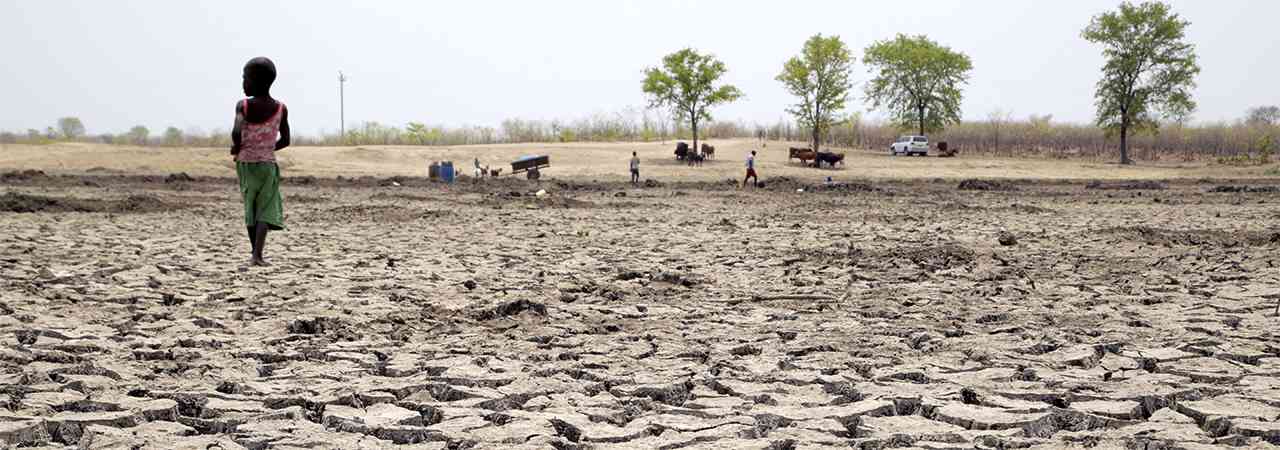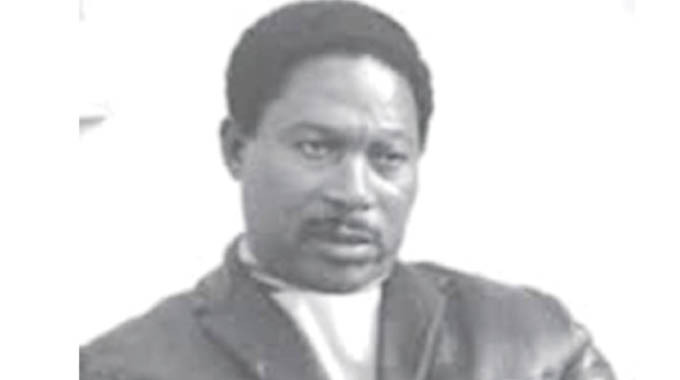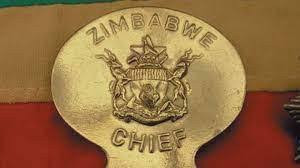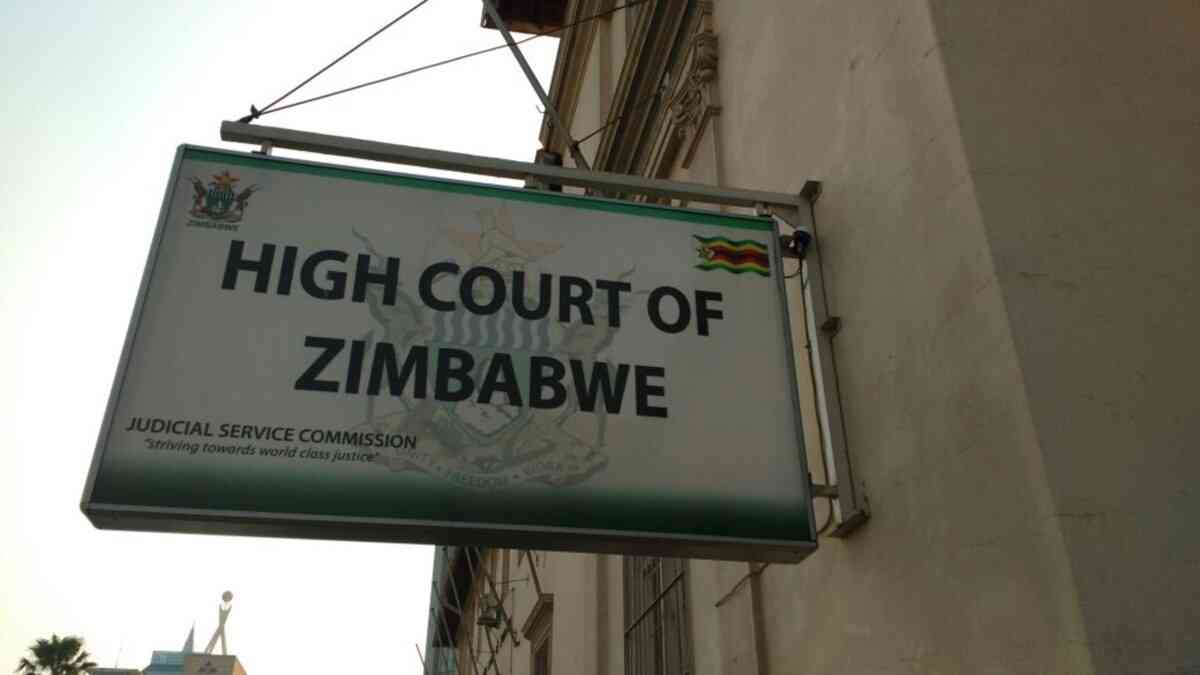
THE Bulawayo City Council has proposed a two-pronged 2015 budget that seeks to increase tariffs by 4% or maintain current rates, but warning that not increasing them would severely affect service delivery.
Nqobile Bhebhe Chief Reporter
Council officials are presently pitching proposals to residents in the city’s 29 wards, as the local authority seeks to gather views to be included in the budget.
However, council officials are facing resistance from residents objecting to any rates increases.
On Saturday, ward 26 residents rejected the 4% increase proposal that would translate to a $158 096 230 budget in favour of, what officials have termed, a “standstill budget”.
According to the local authority, the revenue budget would be $107 298 518, while the capital budget will be $50 797 712.
Under the standstill budget, there would be no rates increases. During the meeting, residents, from the ward – which covers Emganwini and Nketa – expressed concern that effecting a 4% rise, the bulk of it would translate in council staff costs gobbling $62 096 980 at the expense of service delivery.
The staff costs would account for 58% of the budget, which is against government recommendations of 30% wage bill and 70% service delivery.
- Chamisa under fire over US$120K donation
- Mavhunga puts DeMbare into Chibuku quarterfinals
- Pension funds bet on Cabora Bassa oilfields
- Councils defy govt fire tender directive
Keep Reading
However, with a standstill scenario, staff costs account for $58 439 682.Leading the team, a council official, only identified as Khumalo, said by adopting a standstill budget, it would strain the local authority’s coffers and would affect service delivery.
But residents said council should maintain the current budget and only increases it when the economic conditions improve.
“There is high unemployment in the city and by effecting a 4% increase that would be a burden to most residents,” Amos Mazenga, a resident said.
“We are struggling to pay bills due to the harsh economic climate, however, we have no problem with council increasing rates when the country’s economic environment improves.” Some residents proposed that council come up with a ward based budget, as they feel short-changed due to uneven development in various wards. According to the municipality, water provision ranks as the highest priority followed by health, sewerage, housing, roads, education, public lighting, social services and fire ambulances.
By factoring in the 4%, the council is set to use $32 million on water, health ($22m), sewerage ($9m), housing ($4m), roads ($5m), education ($7m), public lighting ($1m), social services ($11m) and $8 million on fire and ambulances.
The aim of the consultation meetings is to set out implementation challenges for 2015, confirm priority areas for the year and agree on options for financing.
Budget consultations are usually contentious, with residents usually demanding a budget that prioritises service delivery, though there is apathy with some reluctant to attend.
The local authority last year announced a $114 million budget for 2014, but in April the government ordered the local authority to slash it by $10 million.
The city lost $47 million after the government ordered State institutions and local authorities to write off debts accrued by residents from February 2009 to the end of June 2013.










